1983 was the year when India won the World Cricket Cup for the first time. 1983 was also the year that became a turning point of my career. I heard, did not ‘see’ the final match between West Indies and India over radio in the rented accommodation of C.B. at Patna. I happened to be there to take a competitive examination. Not everyone would be glued to radio those days even if India was on the verge of becoming a World Champion. Justifiably, C.B. preferred to attend office on this momentous day. It was hearing and believing. And only a few could afford a TV set.
With this backdrop, I would confess that I have vivid memories of brilliant team work of Mohinder Amarnath, Kapil Dev, Madan Lal, Srikant , Sandhu, Sandeep Patil, Kirti Azad and not to be forgotten, Sunil Gavaskar. Sunny, despite his overall command over game, could not come out with flying colours either in semi-final or final, both low scoring events unlike the stupendous scoring pattern at present. It was Amarnath, who managed to get Man of the Match award with his remarkable all round abilities both in semi-final and final. Thus, a low profile Indian outfit without having a player of the stature of Sachin Tendulkar had not only arrived on the scene but was going to have a decisive say in the years to come.
Scenario was different on 2ndApril 2011 when the coin itself had to be tossed twice, presumably to give a momentary setback to India, tipped as one of the hot favourites. Life came to a standstill at Guwahati at 14.30 hours. There were no radios, however. Part silence was attributed to Bandh call given by ULFA. It was the tenth World Cup final and only the third time when a ‘chasing’ team was expected to register a win. Sentiments and emotions were not only charged. They ran high. Occasional applause was accompanied by beating of drums. Crackers too were being kept ready for the ultimate moment. Telephonic contact confirmed that C.B., who had ignored the importance of 1983 final, had bunked off his office to witness Dhoni’s men in action.
As the time passed by, performances proved simply awesome from both the sides. After initial hiccup, India swung back, slowly and gradually, primarily due to patience and perseverance displayed by Gambhir and Dhoni. The defining moment came at 2300 hrs when Dhoni hit a six to wind up the game in style. It was a stunning finish by the Captain, ensuring a glorious win. Consistent play resulted into fabulous performance. After the narrow miss in the final of 2003 and nightmare of 2007, India came back systematically, grabbing the Cup for the second time in a resounding manner. While Dhoni was adjudged Man of the Match, Yuvraj Singh, having scored 362 runs and taken 15 wickets was rightly declared Man of the Tournament. Both Tendulkar and Zaheer excelled with bat and ball respectively to come close to top their tables.
History was made at Wankhede Stadium. For the first time, a host country won the cup. It was also for the first time that a team chased a high score of 275 with success. India too became only the third country after West Indies and Australia to win the coveted cup more than once.
It was the celebration time for young and old alike. Expression of joy and bonhomie witnessed within the stadium got multiplied along the main throughfares not only within the country but the Indians all over the world were seen in buoyant mood defying the darkness of night. Rather, the TV channels kept the interest alive throughout the night. Tumultuous expressions of neibours of Dhoni, Kohli’s brother, Sehwag’s tiny tot and instant Bhangra act of Harbhajan’s mother were understandable. The cream of celebration, however, was expressed through the elated mood of Gambhir’s grandmother, who was up and kicking even after midnight.
1983 and 2011 are two different eras, according to K.Srikant, a member of 1983 team and current Chairman of selectors. When Cricket has become so dominating and penetrating, it may perhaps be appropriate or sensible to draw a line of comparison with what was in store in the early eighties.
The concept of one day game itself was introduced with a degree of caution. For, the ‘gentlemen’ would not prefer a ‘hurried’ affair. In the old era, it was radio that provided the ball to ball commentary. Ears, and not the eyes had to be alert. Colour TV was yet to make an impact, having been introduced in the country as late as November 1982 with the hosting of ASIAD. Rapid commercialization, which became a foregone conclusion, was yet to begin. There would be no painting of flags on faces or parts of body, leave aside Poonam Pandays, who declared in 2011 to bare all if India was to win. This unusual legacy of South America invariably connected to Soccer was still a far cry.
There would be no ‘yagna’ or mass worship sessions to clinch the cup. Pomp and show was on a low scale. There would be less hype and euphoria and no hysteria guided by naked materialistic considerations. Thunderous applause would be seen but no scantly clad cheer girls or bohemian drummers would appear to entertain the spectators. Tickets were difficult to get even in good old days and may be, black marketing was also resorted to. But these won’t be sold at an unbelievable price of Rs. 35,000 as at Mohali or Rs. 1.5 lakhs at Mumbai. The difference rightly highlights the level of investment both in Cricket and emotions. The Presidents and Prime Ministers would hardly sit in stands to watch a high profile match in the past. Their involvement was confined to sending routine congratulatory messages through their Secretaries.
In the bygone era, cricketers would occasionally get film roles. On the contrary, now, they sell premium fashion products and earn more than the film stars in endorsements. No wonder, emotional attachment with the game is sometimes replaced by emotional fatigue. Coming to degree of response, mainly the youth would go to airport and follow the winners in procession. Nowadays, you have almost whole night of celebrations cutting across all age groups and barriers. In the changed situation the tri-colour flutters around the world in one go. Shall we believe that thanks to the craze for Cricket we are inching towards building a national character?
All said and done, be it 1983 or 2011, one had to lose. And, it was Sri Lanka, despite their better track record in World Cup. In the words of Imran Khan, if India had the advantage of playing at home, it had to also cope up with tremendous pressure. Well done India. Keep up the spirit. Don’t be carried away by the tempting bonanzas. Play the game in the spirit of game. You win or lose for the nation, not for yourself.
Sunday, April 24, 2011
Subscribe to:
Post Comments (Atom)



























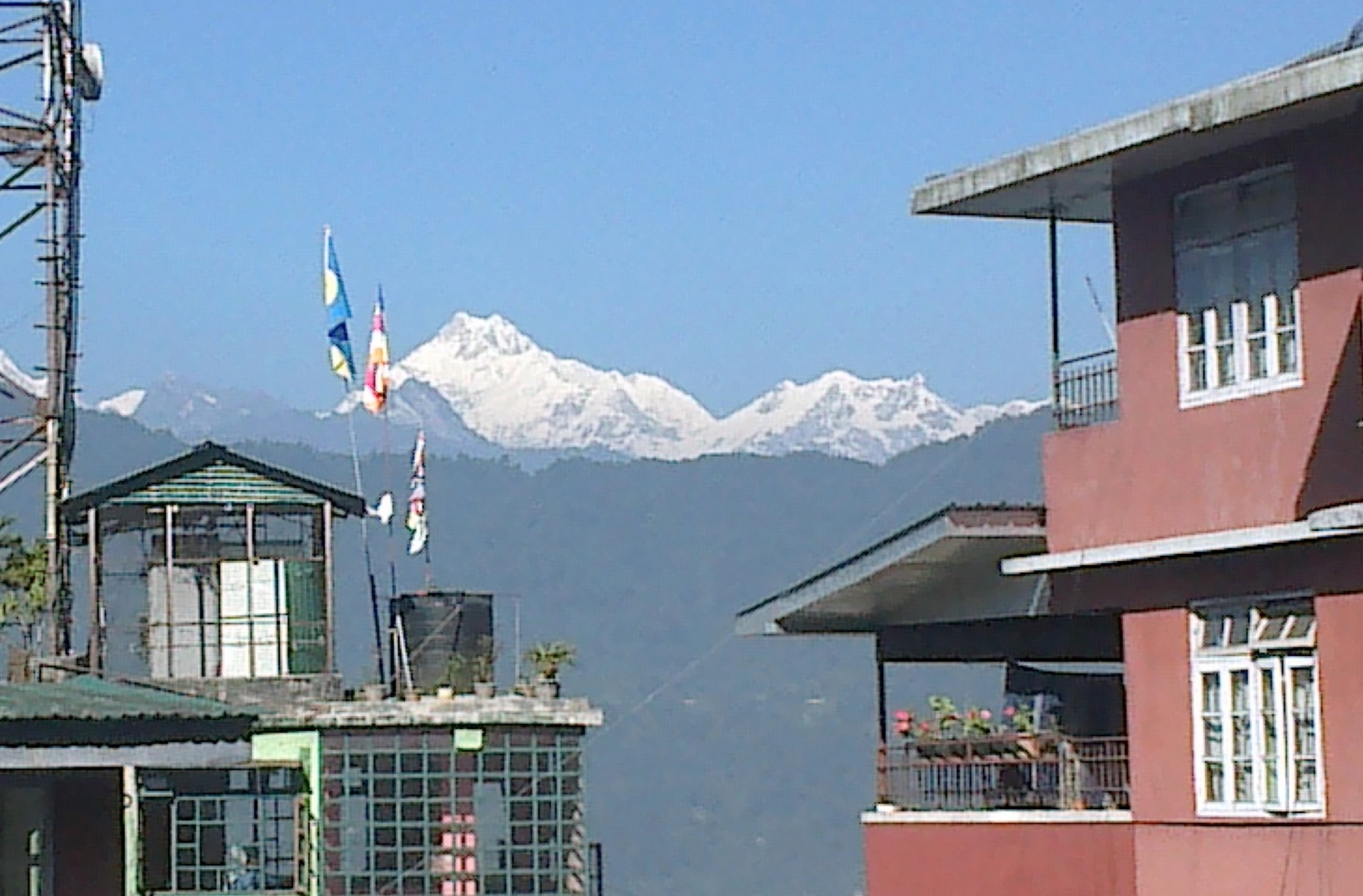














































































































































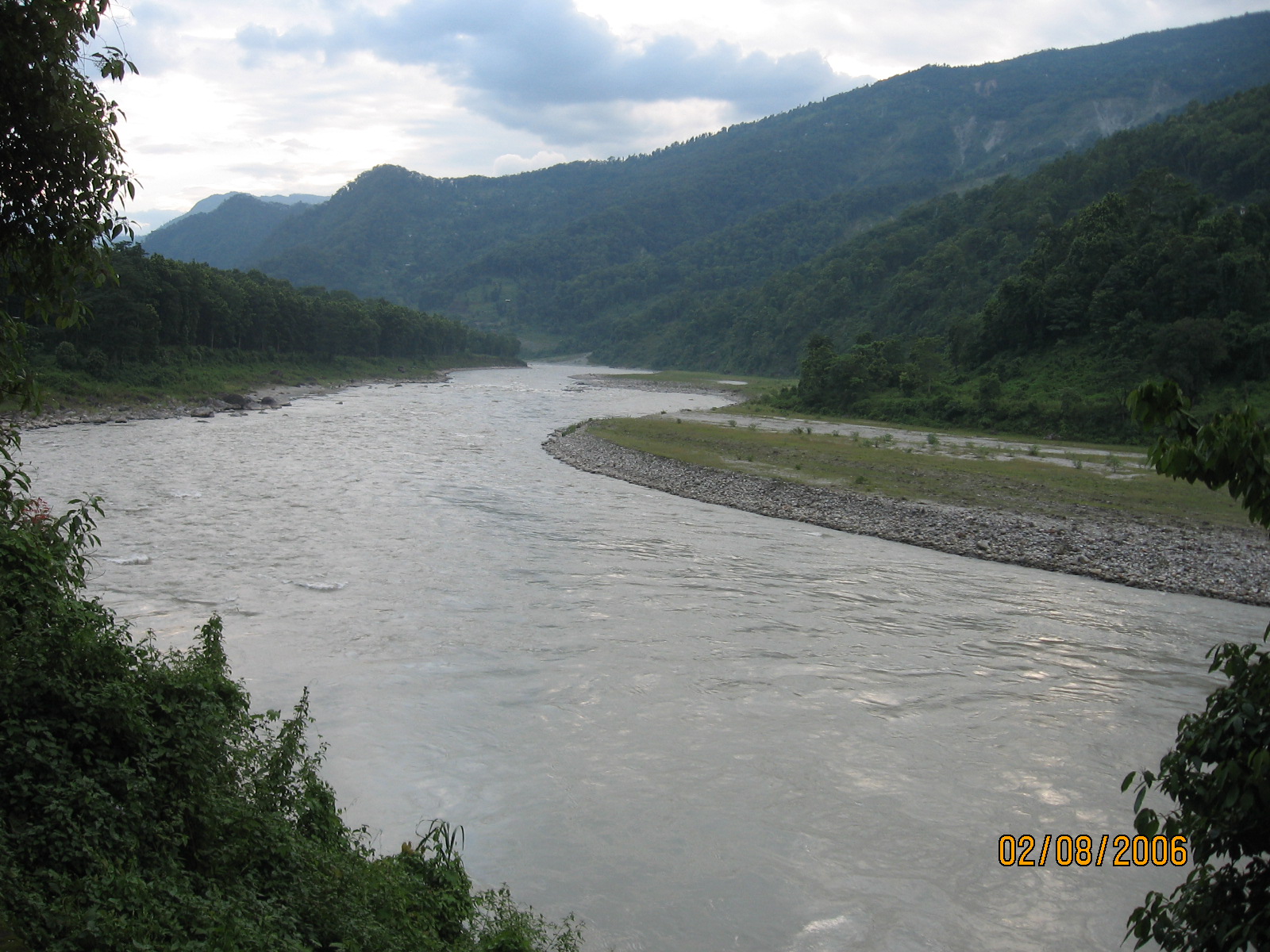





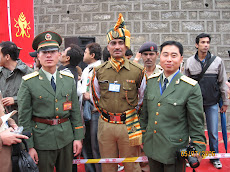
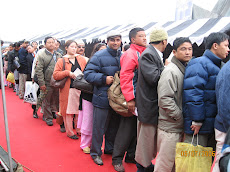
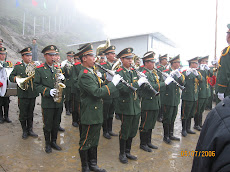


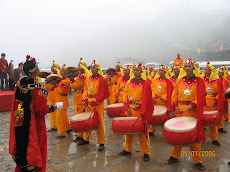
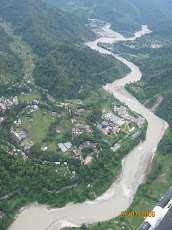






























.jpg)








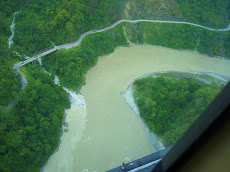









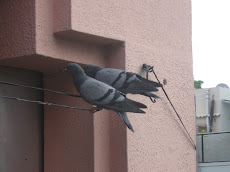
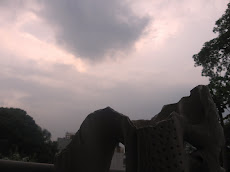







































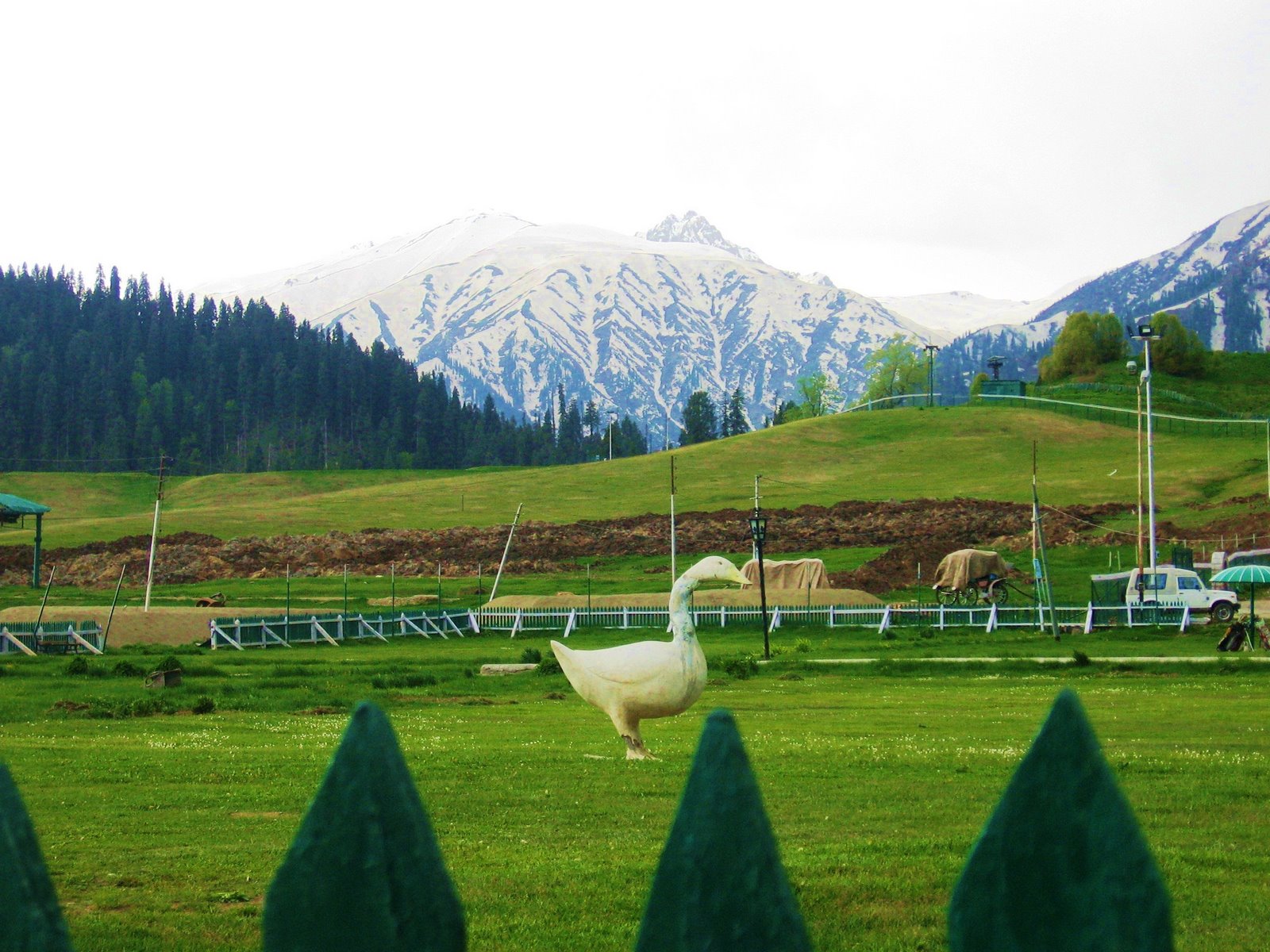
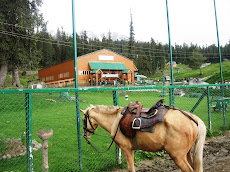













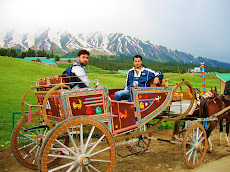












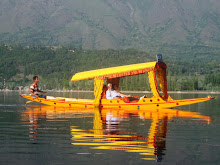
No comments:
Post a Comment